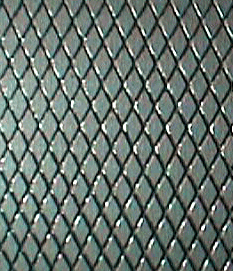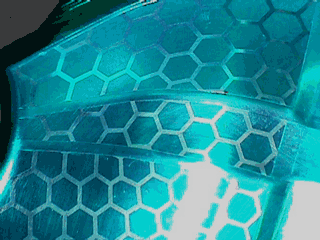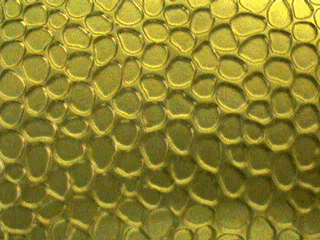






Blow Molding
Molds used for blow molding are most commonly aluminum and are either cut or cast. These molds are often inserted on the pinch edges with beryllium copper or steel to improve the durability of the molds. All blow molds are vented in many areas to improve evacuation of air from the space between the heated plastic and the mold surface to improve the forming details on the part. The types of vents vary, and so does the type of metal from which they are made.
The difference in the metal used on the mold and that used in the vents can cause a difference in the etch rate. This causes a variation in depth, and in order to make the proper adjustments, extra work is necessary. This will in turn effect the price. Obviously, vents made of the same material makes our job easier and helps the appearance of the finished part.
Generally, blow molding patterns are larger and deeper than those used in most other forms of molding. We have found that patterns with connecting lines that are etched, leaving standing dots on metal, allow air to evacuate more easily. This in turn allows the pattern to form more accurately and improves the appearance of the part. When only the dots etch it is like molding thousands of additional cavities. You are trying to blow the material into thousands of small cavities which are not vented and can fill with moisture caused in the molding environment. Obviously, when this occurs large surfaces can appear to be blotchy or washed out. The contoured areas will generally form the textures as well.
Etch depths of patterns on blow molds vary, but it seems that the general range is from .005" to .012". The depth of the pattern can be dictated by the draft angle and the configuration of the part. It is best to discuss this early in the part design to avoid problems related to part removal from the mold.
As always welds cause difficulties, but proper treatment during the welding process helps to minimize differences in etch rate and appearance. Marking the welded areas allows us to monitor the progress of the weld to help insure a satisfactory outcome at the completion of the job.
If you have any special pattern requests or questions about the procedures necessary to successfully complete your texturing project, please do not hesitate to call, fax or e-mail us. In order to speed up the quoting process, you can e-mail us a SFX file so we can look at the image and quote your job from it. We appreciate your interest and look forward to working with you.